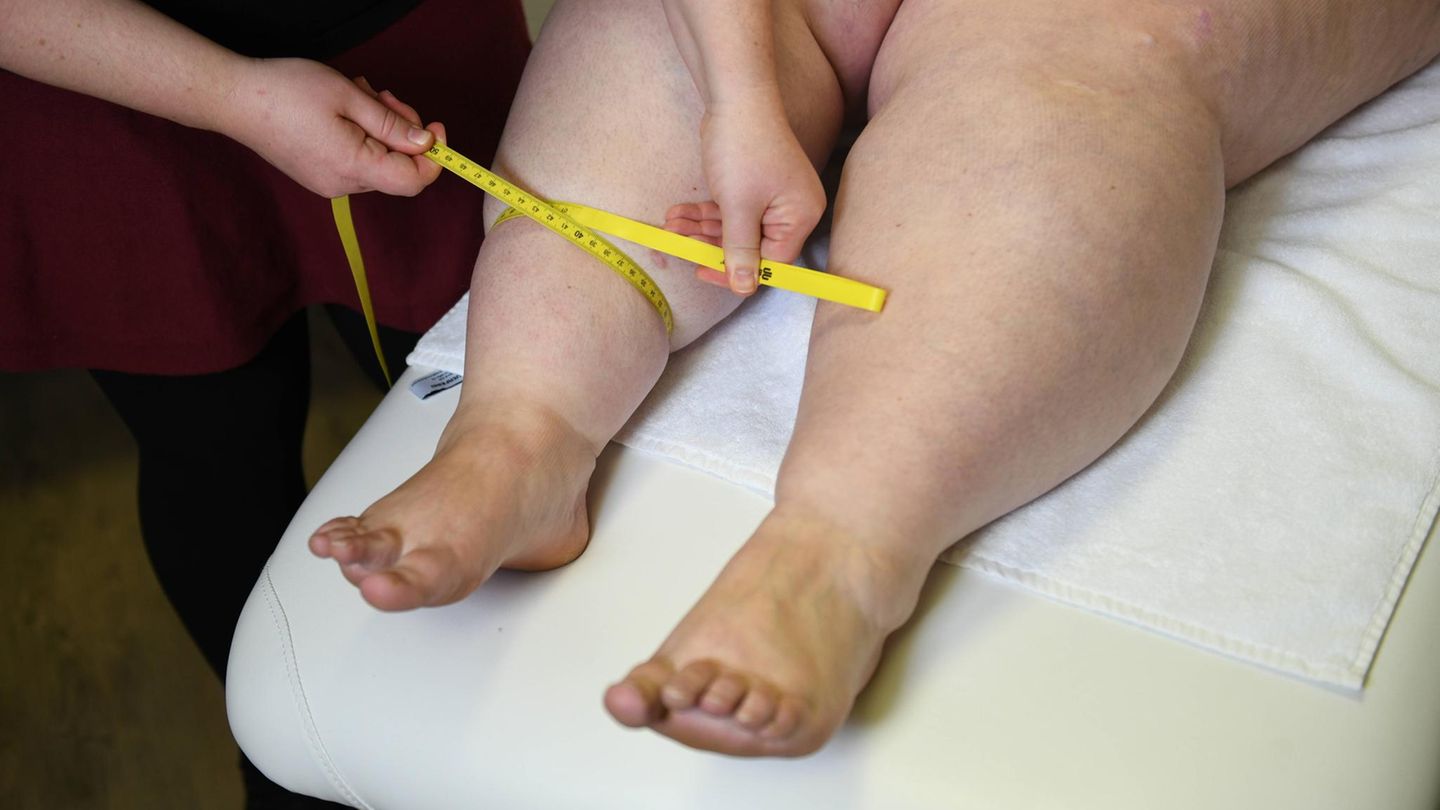This imbalance is currently continuing at the universities, as shown by the response to a parliamentary question from the SPÖ by Education Minister Martin Polaschek (ÖVP). Replenishment varies by subject.
According to this, in the winter semester 2021/22 around 5,200 students were enrolled for the history teacher training course at secondary level (middle school, AHS, vocational middle and high school), which is only 400 fewer than for the major subject English, which has significantly more hours. There are also relatively many students in the minor subjects geography (3,600) and biology (2,900). Physics and computer science, where there are staff shortages in several countries, are still studied comparatively rarely (almost 1,000 and 600 students respectively).
There is also an imbalance among the main subjects: a very similar number of hours is provided for these in the timetables. However, while almost 5,600 students are currently being trained to teach English and 4,500 to teach German, there are significantly fewer in mathematics at 3,200. It must be noted, however, that two teaching subjects or one teaching subject and one specialization (e.g. inclusive pedagogy) must always be combined in a teacher training course.
In the 2021/22 winter semester, almost 18,600 people were enrolled in a secondary school teaching degree. Around 80 percent of them were active in exams, i.e. they earned more than 16 ECTS per academic year (30 ECTS correspond to one semester of full-time study, note). The dropout was 36 percent after four semesters.
Around 7,400 people have taken a degree for primary school, of which between 97 and 99 percent were taking exams. At 12 percent, the dropout rate is significantly lower than in secondary school.
According to the Ministry of Education, the need for the coming years will be around 3,000 full-time equivalents per year, of which 1,200 will be in elementary school and 1,800 in secondary school. It should be noted, however, that many young teachers do not enter the profession as full-time employees.
Teacher training was changed in 2015/2016. For elementary and middle school teachers, the training period has doubled to six years compared to the past, at the AHS and BHMS (vocational middle and higher schools) it takes a year and a half longer than before. In addition, teachers are no longer trained for specific school types, but for age groups (primary level or six to nine year olds, secondary level or ten to 19 year olds). Recently, in view of the increasing shortage of teachers, there have been increasing calls for a reduction in teacher training. Education Minister Martin Polaschek (ÖVP) announced that the entire teacher training program would be examined for potential for improvement.
For SPÖ education spokeswoman Petra Vorderwinkler, given the total of around 26,000 student teachers for elementary school and general secondary school subjects, it is clear that there are enough people who would like to teach children. “Obviously, however, the conditions are no longer suitable. Increasing psychosocial problems among young people, ever-increasing administrative tasks, Corona, distance learning – the additional challenges for teachers are becoming more and more instead of fewer and nobody is paying attention,” said Vorderwinkler in one Opinion. She calls for measures to improve the public image of the teaching profession and better framework conditions, for example through administrative support staff, more and above all earlier practice in training and more staff from other professional groups at schools, for example from the fields of music and sports.
Source: Nachrichten



